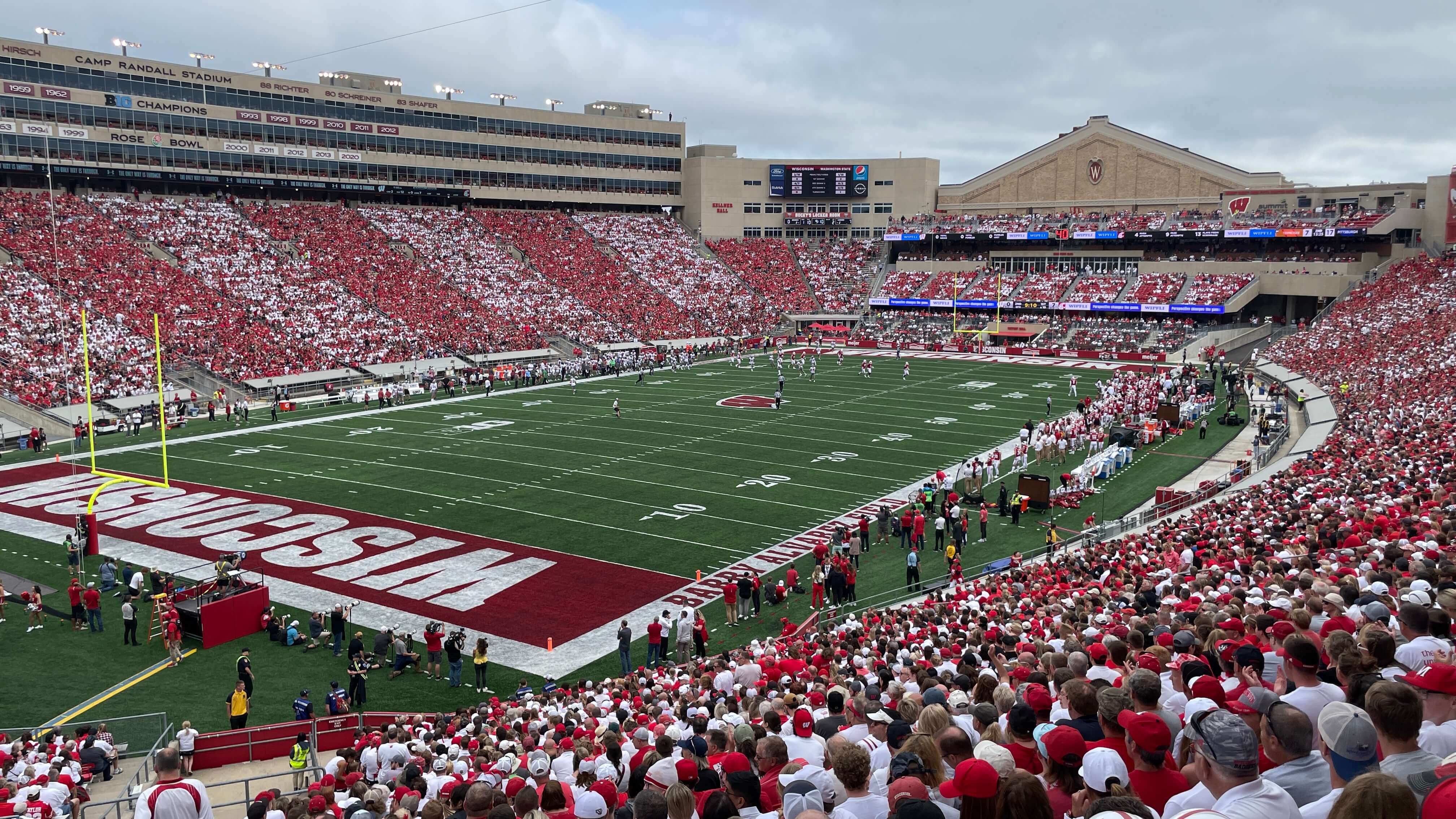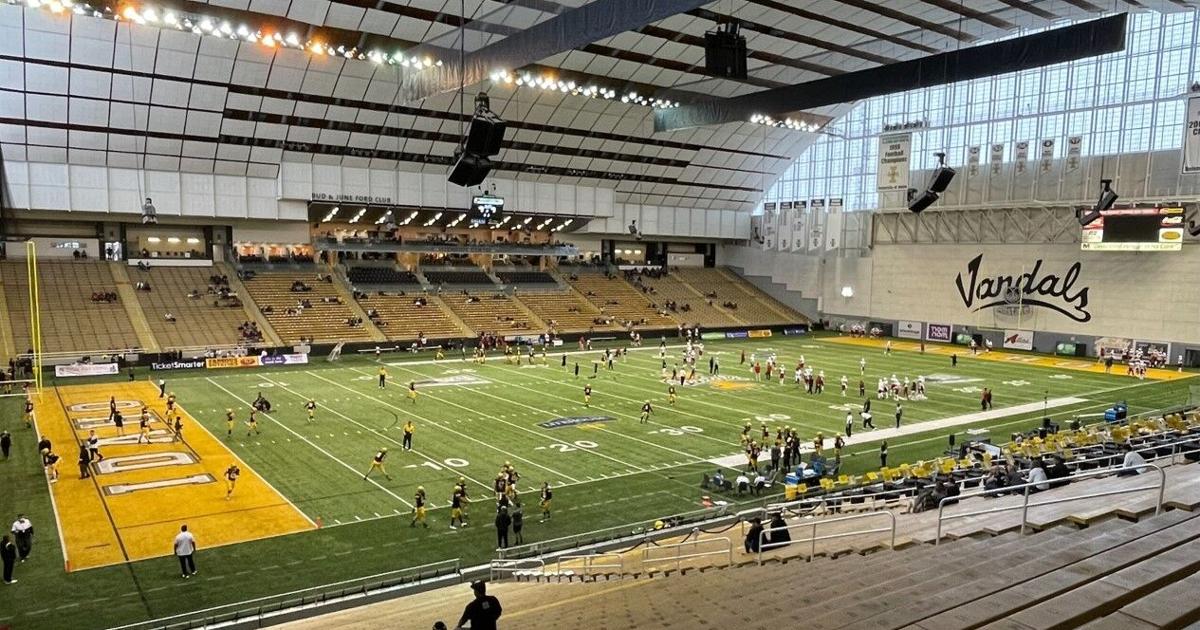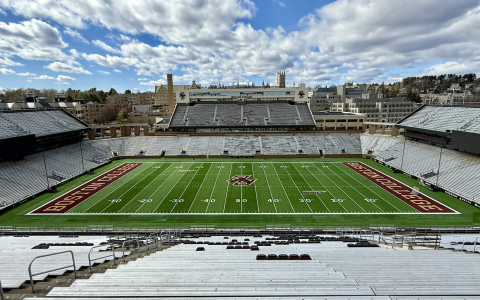Alright, let me walk you through how I tackled this “dome collegiate stadiums d1 football” thing. It was a bit of a rabbit hole, but hey, that’s how we learn, right?

First off, the idea popped into my head when I was watching some college football game highlights. I thought, “Man, those outdoor stadiums look amazing, but what about the ones with domes? Do they change the whole experience?” So, naturally, I went straight to Googling.
I started with basic searches like “d1 football stadiums with domes” and “indoor college football stadiums.” Got a few lists and articles, nothing too groundbreaking at first. Mostly just names of stadiums and a few pictures. But it gave me a starting point.
Then I thought, “Okay, I need to narrow this down. Which ones are really cool?” So I started looking for articles that talked about the atmosphere inside these stadiums. That’s when things got a little more interesting. I found some forum discussions where people were arguing about which dome stadiums were the loudest, which had the best traditions, etc.
Here’s where it got a little tricky. Some stadiums are “technically” domes, but they’re more like giant awnings or retractable roofs. I wanted to focus on the true domes – the ones that are fully enclosed and create a completely different sound environment.
So, I adjusted my searches to include terms like “fully enclosed dome stadium college football” and “loudest college football dome stadiums.” That helped filter out some of the noise.
Next, I decided to dig into specific stadiums. I picked a few that kept popping up in my searches – like the Carrier Dome (now the JMA Wireless Dome) at Syracuse University. I watched YouTube videos of games played there, paying close attention to the crowd noise and the visuals. I also looked for articles that talked about the history of the stadium and its impact on the team and the fans.
This is where the real fun started. I started comparing and contrasting the different stadiums. Some domes are old and kind of outdated, while others are brand new and state-of-the-art. Some are located in cold-weather climates where a dome is essential, while others are in warmer areas where it’s more of a luxury.
I made a little mental checklist of factors to consider:

- Sound: How loud does it get in there? Is it a deafening roar or just a dull hum?
- Atmosphere: What’s the vibe like? Is it a party atmosphere or more of a serious, businesslike environment?
- History: How long has the stadium been around? What are some of the most memorable moments that have taken place there?
- Aesthetics: Does the stadium look cool? Is it modern and sleek, or old-fashioned and charming?
After a few hours of research, I had a pretty good handle on the topic. I learned that dome stadiums can be a huge advantage for a team, especially when it comes to recruiting and home-field advantage. But they can also be a bit sterile and impersonal compared to traditional outdoor stadiums.
My final takeaway? Dome stadiums are a mixed bag. Some are awesome, some are not so awesome. It really depends on the specific stadium and the team that plays there. But one thing’s for sure: they add a unique dimension to the college football experience.












